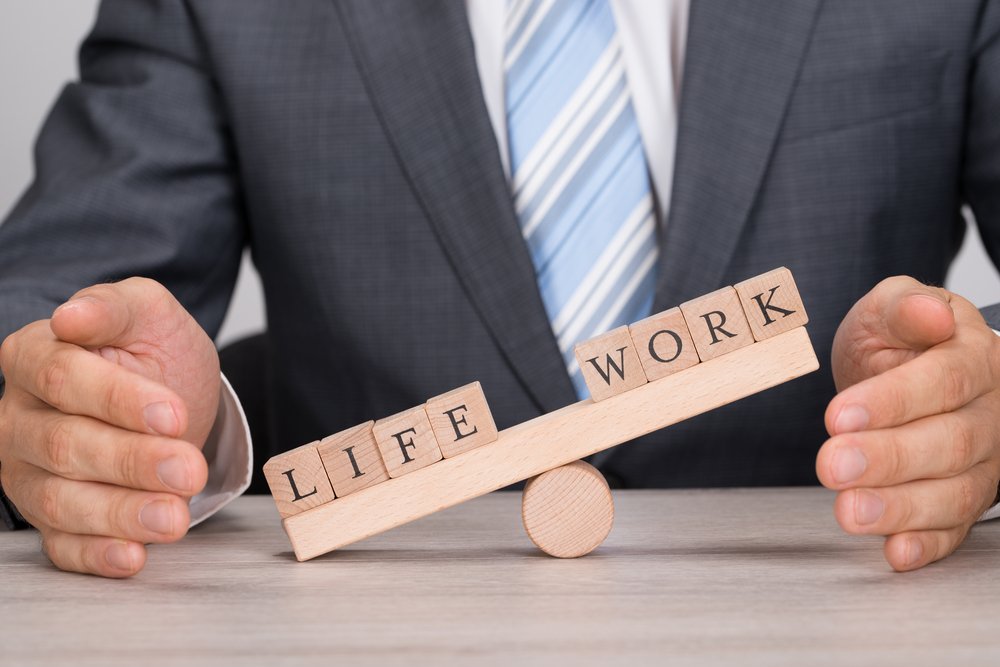The Power of Presence: 3 Simple Tools to Put Presence to Work for You
We hear a lot about being mindful and more present these days — and it’s not just within spiritual circles. More and more, I see it in the workplace. In fact, a good friend who’s an executive producer at CNN recently shared that Turner Broadcasting is now offering a wellbeing program to employees. It includes mindfulness videos and classes and an impressive suite of onsite wellness resources.
There’s a reason that this is being done in organizations large and small – and that’s because it’s effective.
Prefer to watch? Check out the video here:
Today I’m going to share a few ways you can incorporate more presence into your work and your life – and why that may be the single most important thing you can cultivate this year. But first…
What exactly is mindfulness?
In the simplest of terms, mindfulness is the ability to be present in all aspects of our lives. It’s an awareness of the present, a honing of the mind to focus on what’s happening right now. It’s incredibly powerful. And for most of us, it’s a mental muscle that needs strengthening.
“Unease, anxiety, tension, stress, worry — all forms of fear — are caused by too much future and not enough presence. Guilt, regret, grievances, sadness, bitterness and all forms of non-forgiveness are caused by too much past, and not enough presence. “ – Eckhart Tolle
Mindfulness is an everyday capacity that each of us has which supports us being more present in our work and our lives. What mindfulness is not is some lofty or mystical state only achievable by monks or sages.
Yet we can’t assume our minds will be healthy, focused and vibrant without doing anything to keep them healthy – any more so than we’d expect our body to be fit and energized without eating a decent diet or exercising.
Why are mindfulness and presence important?
The importance of actively seeking out a state of full presence — and even the flow state — cannot be overstated. Research done by Harvard professor Teresa Amabile shows that people who have experienced this state of mind report higher levels of productivity, creativity, and happiness for up to three days after experiencing flow state.
For these reasons, I am going to share three of the tools I coach clients to use in order to be more present, more mindful – not just at work but in all areas of their lives.
Studies show these skills increase the quality of both the work you do and the life you live in many ways, including:
- Increased productivity
- More creativity
- Higher reported levels of happiness
- Greater focus
- Ability to better filter through the noise of the day and to minimize distractions
And this applies to our human interactions and difficult conversations at work and at home. Have you found yourself in a situation at work where you were working toward more successful outcomes or an improved relationship and yet your colleague, partner or peer continued to bring up complaints of past behavior? This is a common tendency and yet it usually does not serve us moving forward in our business, our career, our relationships.
When I see this happening, I encourage clients to bring the issue into the present moment.
Here’s an example: I was recently working with a client where we’re engaged in a 12-month initiative to improve the patterns of communication, prioritization and teamwork across the organization in order to meet challenging yet critical new strategic goals. A senior VP reported during one of our sessions that a peer continued to reference behaviors within her team which were not supportive – but that my client felt had been addressed.
We decided that the best approach was to bring the concern into the present moment by sincerely asking her peer if his complaints were about current or past behavior from the team – and grounding this question in a reminder that my client is actively working to improve process, communication and teamwork. So it is important for her to know if those efforts are making a difference in the present.
After the conversation, her peer acknowledged that the complaint was really rooted in repetitive behaviors from the past year and not based on anything that had happened recently. This helped them both bring the conversation to the present moment – and to be more creative and solution-focused about more current challenges going forward.
How do we achieve mindfulness and presence?
In short, mindfulness is a muscle. And like any muscle it’s strengthened with regular exercise.
Here are 3 tools that have helped me develop a practice of greater mindfulness and presence – and which I coach clients at all levels to incorporate into their businesses, their work and their lives:
- Notice.
Notice how you’re showing up. Check in with yourself right now. Is it how you want to show up? As a business owner, as a leader, as a colleague partner or friend? This is especially important if you’re stepping into a big meeting, about to have an important conversation or to give a speech. But those big moments are an accumulation of what you practice in the other day-to-day moments, when not so many people are watching or perhaps not so much seems on the line. As much as possible without judgement, are you showing up in this moment in the way that you want to? If not, how do you want to show up? What needs to change so that you’re showing up as more of the person you want to be? Can you shift your perspective about a situation or the energy you’re bringing to it right now?
- Grounding in The Physical Body
Being grounded in my physical body helps me experience the here and now. This is why one of my other non-negotiable commitments is to eat healthy, tasty food and get regular physical exercise. The way you start your day, if you’re getting some exercise, if you’re hydrating, if you’re eating and giving yourself time to digest your food versus eating on the go – all of this has a huge impact on your internal and external presence.
Being more fully in your body makes others inclined to pay attention. Being more fully in your body allows you to fully experience life.
Life is only happening right now, in this moment.
- Training the Mind in Meditation
We can’t assume our minds will be healthy and vibrant without doing anything to keep them healthy – any more so than we’d expect a garden to be healthy and vibrant without tending.
People often ask me how I stay so calm and focused. I can tell you that is not my natural state – nor is it many of my clients’. We can all easily get caught fixating about a past hurt or mistake or worrying about a future concern that may or may not ever come to pass.
I started meditating over 15 years ago. I still meditate daily because when I am centered in the present, not only am I a more effective coach and consultant, but I enjoy life more. This is because I have a tool to release the stress of the day and the often chaotic world around me. It is hands down one of the keys to running a successful business and to effectively serving my customers while also enjoying life. The presence I bring to my close relationships is also key to being a better friend, colleague and family member.
It’s a reminder that there’s more going on than the chaos around us. Mindfulness meditation allows you to connect with the present moment and the possibilities within it. It helps me come fully the now, which is where I can actually have an impact, and this helps me bring greater serenity and clarity into my working day and into all of my relationships.
When we leave the moment by getting distracted by our thoughts, we lose the opportunity to leverage the power of our full presence in the moment – for decision-making, prioritization, and even more so for the experience of what it feels to really be alive. We can easily get caught fixating about a past hurt or worrying about a future concern. But when we can bring our focus back to this moment, we have the opportunity to heal, to be more effective at work and to enjoy our lives more.
If you don’t have one already, I invite you to trying at least one of these tools today to increase your presence in every area. It doesn’t have to take a long time but it does take consistent practice so consider committing to trying at least one of these 3 tools for 30-days.
If you enjoyed this post and would like personalized guidance in bringing the power of more presence to your work and your life, complete this short questionnaire to see if you qualify for a complimentary strategy session.
You can also learn more about me, read more blog posts, download free tips to create a business and a life you love, or check out the stories of people who have worked with me.








